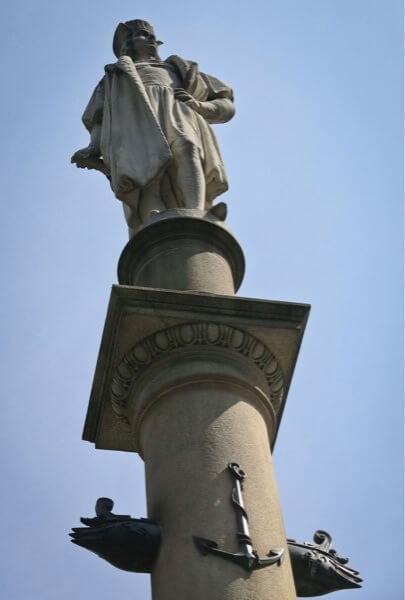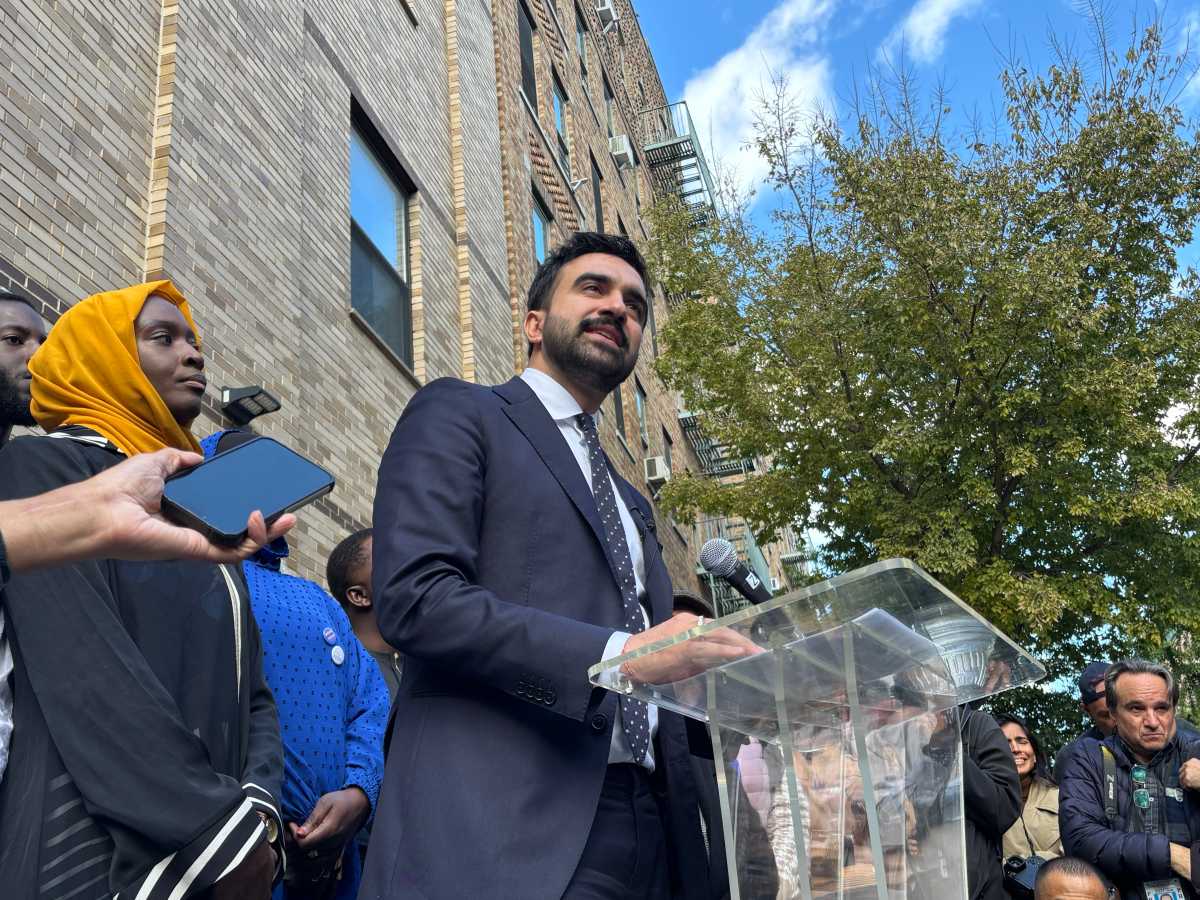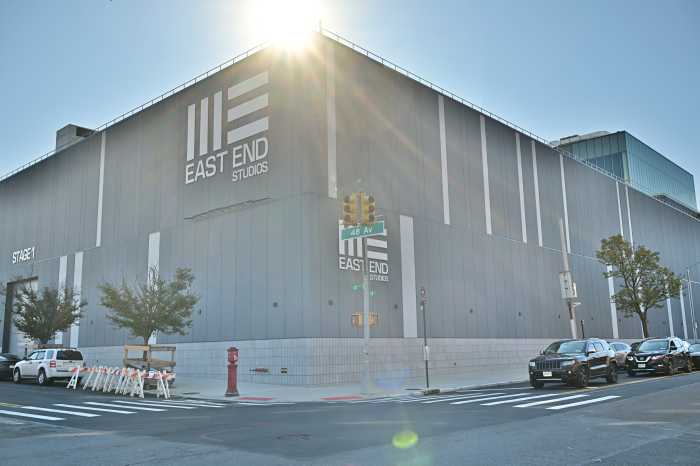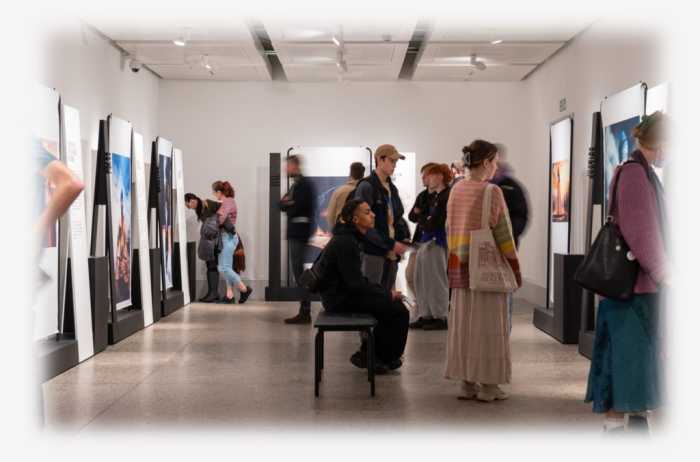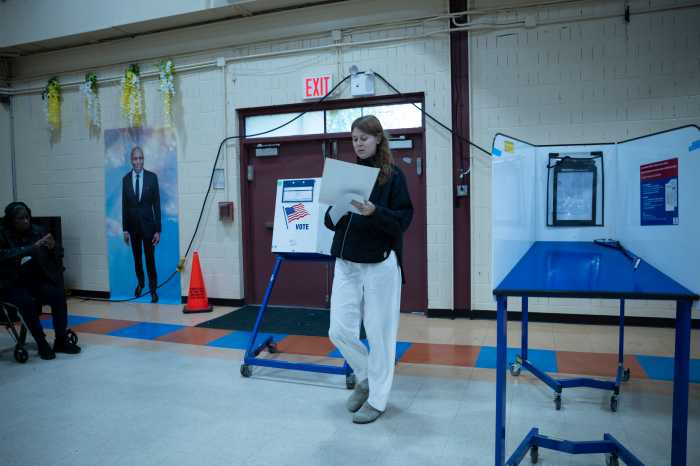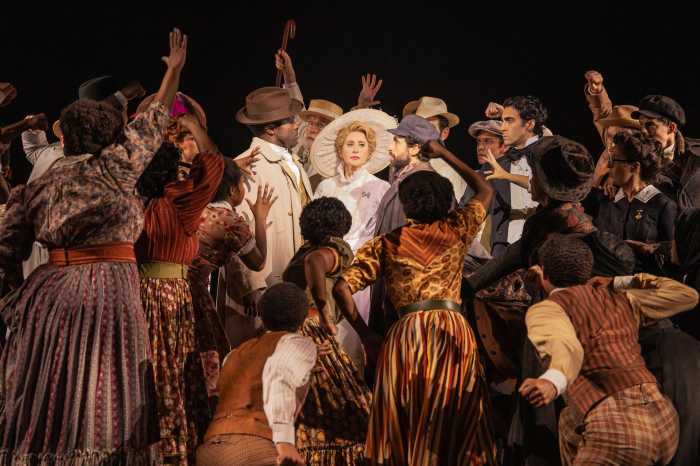By Gina Martinez
The statue of a physician who operated on women without their consent will be moved, but the Christopher Columbus statue in Central Park will stay put.
Mayor Bill de Blasio announced decisions on several city monuments to throughout the city following a report from the Mayoral Advisory Commission on City Art, Monuments and Markers. Following the commission’s recommendations, de Blasio has decided to remove and modify certain existing statues and will follow new guidelines for future situations when the history surrounding memorialized figures comes into question.
“Thousands of New Yorkers got involved in this process, and there’s been an important conversation going on across the city,” de Blasio said. “Reckoning with our collective histories is a complicated undertaking with no easy solution. Our approach will focus on adding detail and nuance to — instead of removing entirely — the representations of these histories.
The debate regarding potentially offensive statues began last year following a deadly protest in Charlottesville, Va., after President Donald Trump tweeted, “Sad to see the history and culture of our great country being ripped apart with the removal of our beautiful statues and monuments.”
Many African-Americans said monuments, primarily those in the South glorifying Confederate figures like Robert E. Lee, are painful reminders of America’s racist past. Since then, cities around the country have re-examined and removed several monuments that paid tribute to questionable historical figures.
The commission’s report lays out a process for evaluating monuments or markers that may create controversy and strong public response. The mayor has embraced the commission’s approach, which focuses on historical analysis and open public process. De Blasio has instructed city agencies to translate the commission’s recommendations into workable city procedures.
In addition to creating guidelines that can be applied in the future, the commission’s report made recommendations on specific actions for four monuments and markers on city property.
According to the mayor, the statue of the physician J. Marion Sims will be moved from Fifth Avenue and 103rd Street in Manhattan to Green-Wood Cemetery in Brooklyn. The city plans on adding additional information on plaques that include the legacy of non-consensual medical experimentation on women of color broadly and black women, specifically, that Sims has come to symbolize.
The Columbus Circle monument to the explorer Columbus will remain where it is, but the city is committing to placing historical markers in or around Columbus Circle explaining the history of Columbus and of the monument itself. In addition, the city will be commissioning a new monument, at an undetermined location, recognizing indigenous peoples.
The city said any permanent changes to city property, which includes relocation or addition of plaques and new work, must undergo a formal approval process by the Public Design Commission. The commission’s report makes an argument for expanding the histories that are represented on city property through research and education, and by adding to the communities, individuals and histories that are represented in statues, monuments, and markers.
The Department of Cultural Affairs will commit up to $10 million over the next four years to create permanent artwork honoring various communities that are underrepresented on city property. The determination process will include public engagement, as well as in-depth historical research. The city also said it plans to partner with nonprofit groups and community organizations to foster additional public dialogue around specific monuments.
Reach Gina Martinez by e-mail at gmart

